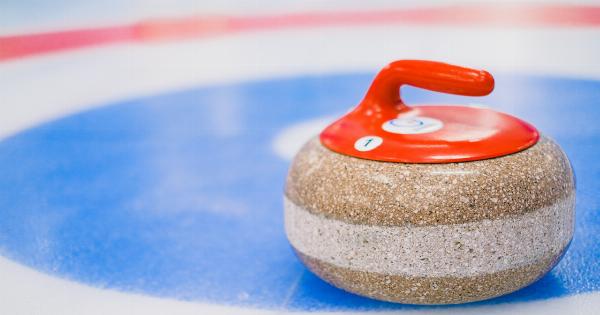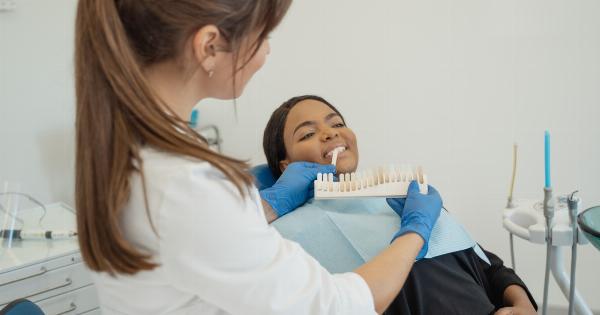Moles, those small, dark spots that appear on the skin, are common and usually harmless. However, some people may find them unsightly or uncomfortable, and may want to remove them.
While there are several methods available for mole removal, it’s important to be aware of the traps and pitfalls associated with these procedures. In this article, we will explore the top 5 traps for mole removal, helping you make an informed decision about the best approach for your needs.
Trap 1: DIY Home Remedies
Many individuals turn to DIY home remedies for mole removal as a cost-effective alternative to professional treatments. However, it is important to exercise caution when attempting to remove moles at home.
Common DIY methods involve using ingredients like apple cider vinegar, garlic, or baking soda, which are said to have acidic properties that can dissolve the mole. Nevertheless, these methods can often cause skin irritation, allergic reactions, or even lead to scarring if not properly executed.
Trap 2: Over-the-Counter Creams
Over-the-counter (OTC) mole removal creams may seem like an easy solution, promising painless and quick results.
However, many OTC creams contain harsh chemicals, such as trichloroacetic acid (TCA) or hydrogen peroxide, which can damage the surrounding skin if applied incorrectly. Additionally, OTC creams often contain lower concentrations of active ingredients, making them less effective for deeper or more stubborn moles.
Trap 3: Cutting or Shaving Moles at Home
Some individuals may consider cutting or shaving their moles using tools like scissors or razors. While this may seem like a simple and inexpensive solution, it can lead to serious complications.
Cutting or shaving a mole without proper sterilization techniques can result in infections, excessive bleeding, and scarring. Furthermore, if the mole being removed is cancerous or precancerous, these methods may cause the cells to spread, worsening the situation.
Trap 4: Ignoring the Importance of Professional Evaluation
Before pursuing any mole removal method, it is crucial to have the mole assessed by a medical professional. A mole can sometimes be an indicator of skin cancer or other underlying health issues.
By seeking a professional evaluation, you can ensure that the mole is safe to remove and identify any potential risks or concerns. Doctors are trained to recognize abnormal moles and can offer the most appropriate advice on how to proceed with removal.
Trap 5: Lack of Post-Removal Care
After removing a mole, proper post-removal care is essential to promote healing and prevent infection or scarring. Many individuals neglect this crucial step, leading to undesirable outcomes.
It is recommended to keep the area clean and dry, apply an antibiotic ointment, and protect it with a bandage until fully healed. Additionally, avoiding sun exposure and wearing sunscreen can help prevent hyperpigmentation and further skin damage.
Conclusion
Mole removal can be a delicate process, and it is important to approach it with caution and knowledge.
Home remedies, over-the-counter creams, cutting or shaving moles at home, ignoring professional evaluation, and lack of post-removal care are some of the common traps one can fall into. By being aware of these caveats, you can make an informed decision and choose the most effective and safe method for mole removal, while minimizing potential risks and complications.





























